這個1比18場景實在太逼真了!
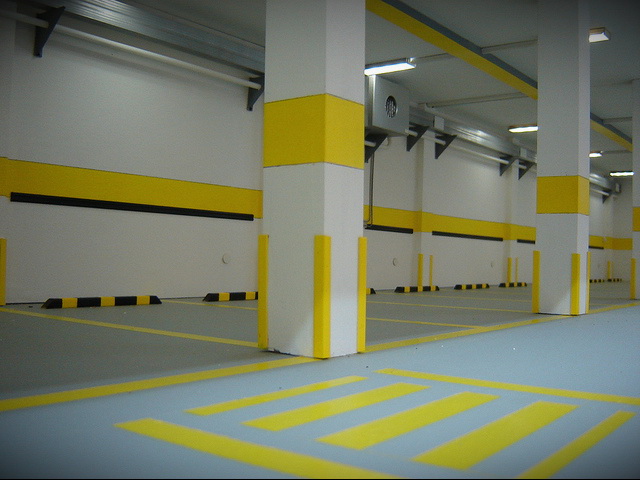
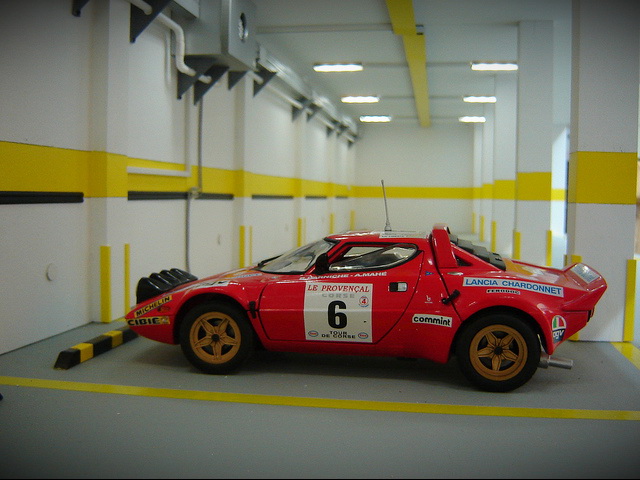
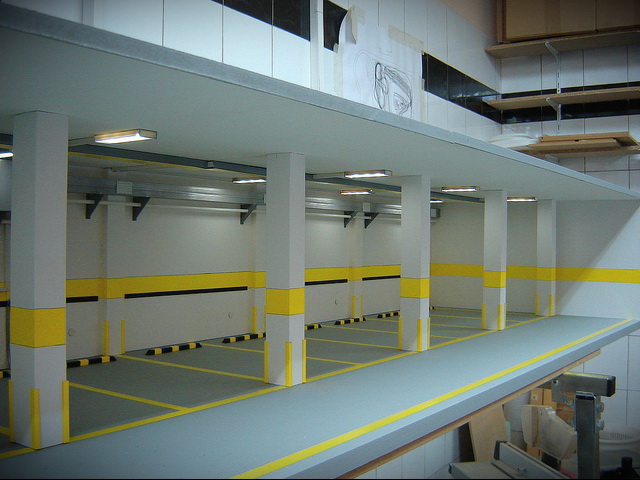
連沒發佈的產品都有渠道流出,厲害! 厲害!
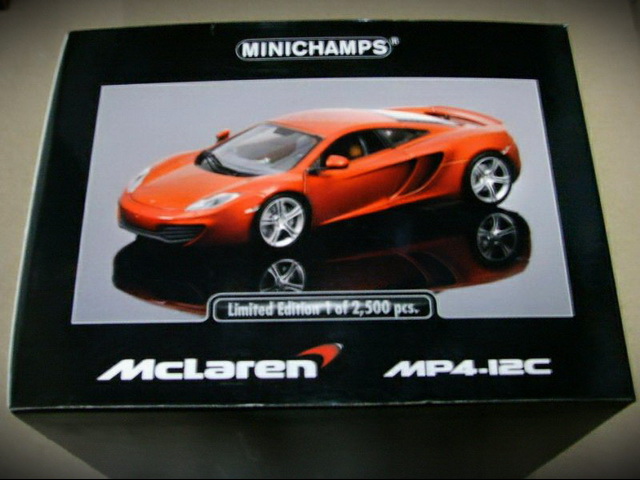
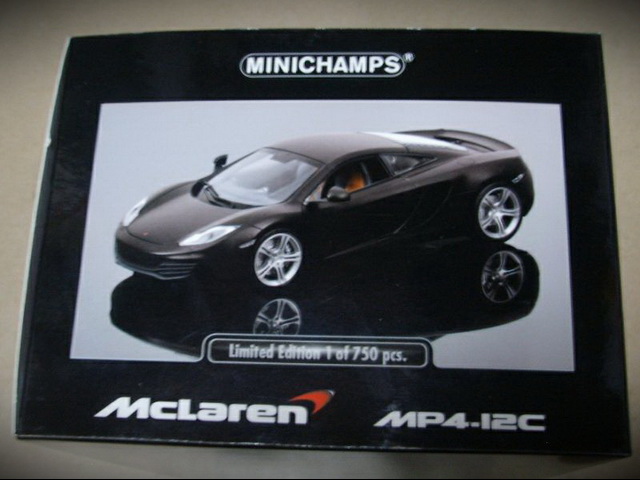
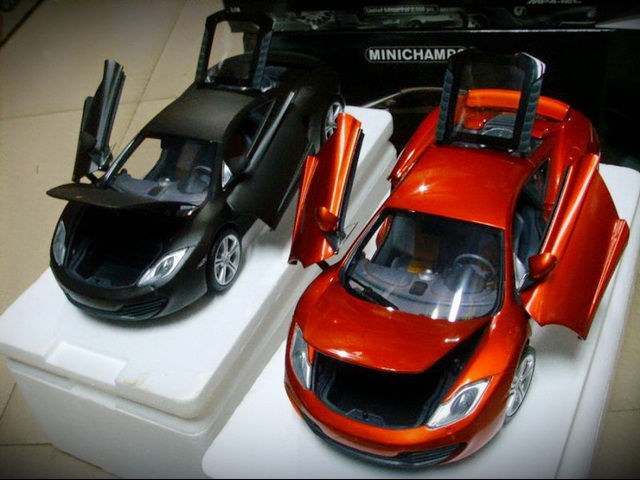
It’s a very common scenario that a server/PC maintained by careless keeper got hacked, which often leads to high CPU usage due to Trojan process running in background.
The followings two are the most useful tools to quickly determine which are the bad nuts.
netstat -nop tcp
- This is very useful to find out if a Trojan service has opened an incoming port, often the status shows “ESTABLISHED”
- netstat can be also used to find out the DDOS IP as those status often ends with “LAST_ACK”
- From the output PID, then you can determine which process from the task manager, but what if it’s a svhost.exe? Problem is you still can’t tell exactly which service as there are several svhost.exe running most of the time, so keep reading.
tasklist /svc |find “Process_ID”
Bingo! This cmd does exactly the trick to find out which is the bad nuts, Process_ID or PID is the one you got in netstat.
Is that so simple? I am afraid not, I’ve seen recently Trojan/DDOS tools have becoming more sophisticated and difficult to catch as they embedded themselves as web scripts utilizing UDP ports as the protocol, either acts as a bot waiting to be activated via URL strings and then send UDP DDOS to the target IP (ie attack others) or exhausts the entire server CPU by issuing UDP commands to fill up Events Logger (ie, attacked the server itself).
What you will find is w3wp.exe (or IIS Service) is using a lot of CPU as well as System (which is the disk activity) being very busy, so you got to use other methods to track down those bad scripts.
Finally, a single svchost.exe can contain many individual services, so the only way to find out which service is responsible is to configure them to run in its separate svchost.
For example, lets start with wuauserv (Windows Update Service) which is often the cause of high CPU, open command prompt and run the following commands:
net stop wuauserv
sc config wuauserv type= own
net start wuauserv
This will isolate wuauserv in its own svchost and then you can check the effect on CPU and identify the PID with tasklist /svc, you are already familiar with the process.
Onion Soup with Parmesan Cheese
Spanish Iberian Pork with Fries from McDonald ![]()
Red Wine from Bordeaux
French Lemon Tart
今天午飯出去的時候在停車場突然發現鄰居入手了台漂亮的紅色Alfa Romeo 1600 Duetto Spider小跑車,相比之下,AA的那台紅色明顯偏橙色,貨不對辦,幸虧沒買。
看完才知道,原來Spark的部分模也有用合金材料的。
主要論點是Spark完全不能接受合金車模玻璃的透明度,最重要Spark還是認為樹脂
膠塑造出來的車模線條比合金要精确的多。當然合金的門縫的確增加了線條的不平整和縫隙的美觀,但這恰恰也是其賣點之一(可以開門和引擎蓋子)。另外AA的1比18比例大,水貼細節當然容易處理過43的那些。
最后大家共同的意見是中國勞工的成本已經大大地上升了,這是個不爭的事實。
個人而言我最近3年買的Spark車模都覺得挺物有所值的,
以下是我前天買的,很喜歡,無論油漆還是細節,覺對值得港幣380的價格,至少這台比起同價的Minichamps玩具般的43車模美觀多了。
作為一個瘋狂的馬丁迷,我反而不太喜歡之后的Vanquish 2013,雖然嚴格來說,而且DB9是GT級別的,Vanquish是SuperCar級別的。其實Vanquish不算是DB9的后繼車。
總覺得新款旗艦的Vanquish像DB9(頭)和Vantage V8(尾)的結合體,難道Aston Martin真的江郎才盡了嗎﹖
THERE IS A LOT OF NONSENSE SPOKEN AND WRITTEN ABOUT DIECAST METAL OR RESIN AS THE BEST MATERIAL FOR COLLECTORS’ MODELS
Diecast Legends in their November 2012 magazine published a well written response and rebuttal to an article on Auto Art’s website regarding the relative merits of diecast metal versus resin in collectors’ model cars. Below we provide our own view…
We have carefully read Auto Art’s article on their web site. Our response relates, naturally, to our own products and not to models in general which can vary widely in quality of accuracy, detail and finish.
Auto Art is a manufacturer for whose products we have considerable professional respect. They are clearly enthusiasts and produce many excellent models of interesting cars that we, as collectors in our own right, are very happy to own in our personal collections. But we disagree with various views expressed in their article.
Firstly we would stress that we do not regard either resin or diecast zinc as being inherently superior one to the other. We believe that they each have their place according to the particular model being produced. We ourselves have no universal preference of material. The only issue for us is choosing the right material for any given model. We are constantly on the lookout for new materials and techniques to best reproduce a car and all its components in miniature.
Auto Art are quite right that resin molding allows for a shorter delay between the appearance of a real car and the model. However when Auto Art refer to the comparative costs of tooling and the considerably greater cost of steel versus silicone they are only telling part of the story. A major cost component of any particular model comes from the research necessary to ensure accuracy. We employ a team of specialists with different fields of expertise, whether it be in classic F1, Can Am, Land Speed Record or whatever. These people spend countless hours researching particular cars in our books and photo libraries, on the internet and also visiting manufacturers, car shows, races and museums etc. When they have assembled enough photographs and dimensional data the process of producing a prototype begins. This is time consuming and expensive, particularly for any classic cars which cannot be digitally scanned. Scanning reduces the time to produce a prototype by months. All this very meaningful expense is the same for any well researched model whether produced in resin or injected metal and has to be considered as part of the total set up cost.
So for us, the question of whether to use injection molding or resin casting often boils down to the size of any given production run. Depending on the model, if an initial run of a particular version of a car is a few thousand or more we would tend to use diecasting, as indeed we have frequently done in the past. However it must also be said that some models are, quite simply, better produced in resin even if the production run is in the thousands. This has to do with moulding techniques, parting lines and the complicated shapes of some cars where we are of the opinion that a given model will be more accurate in resin. I strongly suspect that many collectors do not even notice when we switch back and forth between materials.
Auto Art is certainly right to point out that it is generally easier to produce opening doors etc in diecast as resin is fragile.However the problem does not completely go away in diecast as one is still often left with the choice of overscaling the hinges and catches or else making them so delicate they also break easily. Collectors still have to make up their own minds on whether they want opening parts or not . These can be very successful on some cars but not necessarily on all. Shut lines can be an issue if they are too wide.
Perhaps contrary to widespread belief, we use plenty of injection molding for various small parts, such as wheels, which can be used on a variety of different cars. It must be said that apart from the initial mold tooling it is easier and cheaper to produce and assemble injection molded components than comparable models using resin.
For the foreseeable future I cannot see us ever using injection molding for windscreens and windows. The quality, transparency and scale thickness of injection molded windows is, for us, totally unacceptable and can in some cases ruin an otherwise excellent model, rendering it, especially in 1/43 scale, far too “toylike” . The method we use is certainly cumulatively more expensive than injection molding. It is very labour intensive and labour costs in China have exploded over the past few years.
Auto Art’s comparison of the relative costs of trimming and polishing resin and diecast parts is simplistic and wrong. Diecast pieces never need filling. Resin often does and this is also very labour intensive.
Auto Art is certainly correct to point out the comparative weakness of resin versus zinc. However collectors know full well that accurate scale models are delicate. It is hardly ever the bodywork of a model that breaks with careless handing but rather the various small attachments such as wing mirrors and spoilers that break off. This can happen just as easily to a diecast model as a resin one. Of course if a spoiler is injection molded and overscaled it might well be stronger but there is, to us, an unacceptable price to pay in reduced accuracy. Where any of our models do arrive broken in shipment to our distributors then it is clearly up to us to repair or replace. We take this very seriously.
We have seen none of the structural deformation in resin models that Auto Art suggest is possible despite the fact that we have some that are forty years old in our personal collections. Their comment strikes us as being biased scare mongering. It also neglects to mention that there have been well documented cases of diecast zinc deterioration commonly known to collectors as “metal fatigue” which can result in blistering, expansion, distortion, cracking and even total collapse of zinc castings. It is only fair to say that this should not occur in well controlled production processes and indeed I have many sixty year old Dinky Toys and Solidos which are as perfect now as the day they left the factory.
Like wise we take issue with Auto art’s comments regarding the baking of paints. We do bake paints in our factory on both resin and diecast models – so they are simply talking nonsense here. The glossy appearance that they mention is not inherent to the process of painting on resin but a commercial /aesthetic choice that some manufacturers have made in response to their clients’ demand for a glossy finish. As it happens we do not like the glossy finish as we feel it makes the cars look as though they are covered in treacle or honey.
We also take issue with what we would regard as oversimplification of the choice of pad printing or decals. We use both methods and the choice for us depends on the individual application. Pad printing can be unsuitable for surfaces with any great degree of compound curves. They are typically appropriate for the flatter surfaces of a car far, less so on any distinct compound curve. So any given model of ours, whether it be diecast or resin, will have a mixture of pad printing and decals. The issue of the transparent membrane yellowing with age becomes obvious on a white or silver background but is not noticeable on most other colours, even on my old 1960s Solido models.
Lastly we would really like to emphasize again we don’t care whether a model is made of resin or diecast zinc. We only care if it is accurate or not. Any good scale model, diecast or resin, is a fragile and delicate object. It is not a toy to be pushed around on the floor.
This is so strange when I typed in “18 Mulsanne” in Taobao today and suddenly the result page turns into raw PHP code, it must be a serious security hole somewhere, probably it’s server got hacked. However, consequence searches all return normal result, just wired!
<?php
include "common.inc.php";
include "{$ROOT}/common/base32.inc.php";
$location_url = "/search?";
if ((isset($_SERVER["SCRIPT_NAME"]) && $_SERVER["SCRIPT_NAME"] ===
"/browse/search_auction.htm") || isset($_GET["taoke_from"])
&& $_GET["taoke_from"] === "search_auction") {
foreach ($_GET as $k => $v) {
if (!empty($v) && array_key_exists($k, $PARAMS)) {
if (in_array($k, array('q', 'loc'))) {
if (isset($_GET["_input_charset"]) && $_GET["_input_charset"]
=== 'utf-8') {
$v = urlencode(iconv('UTF-8', 'GBK', $v));
} else {
$v = urlencode($v);
}
}
$location_url .= $k . "=" . trim($v) . "&";
}
}
$location_url = rtrim($location_url, '&');
header("Location:$location_url");
exit();
}
if (($_GET["cat"] <> "
...
Just received three email alerts simultaneously from SAN HQ, Dell OME and EQL Group Manager all saying slot 5 in one of the Equallogic members has failed, the last disk (slot 15) kicked in and the raid set is reconstructing. Called local Dell ProSupport, parts is being arranged and will be delivered to data center within 2-3 hours. (Update, raid reconstruction took about 3 1/2 hours to complete)
It was quite a black day today as this is the 2nd incident happening to my equipment, and Equallogic SAN was under very light load and the disk just failed without any pre-warning. Where is the predicative disk failure feature in Equallogic after all?

Alert from Dell OME:
Device: , Service Tag:, Asset Tag:, Date:12/12/12, Time:17:46:17:000, Severity:Critical, Message:Sent when eqlDiskStatus changes from one state to another state. Variables: eqlDiskStatus=Failed,eqlDiskSlot=5
Alert from SAN HQ